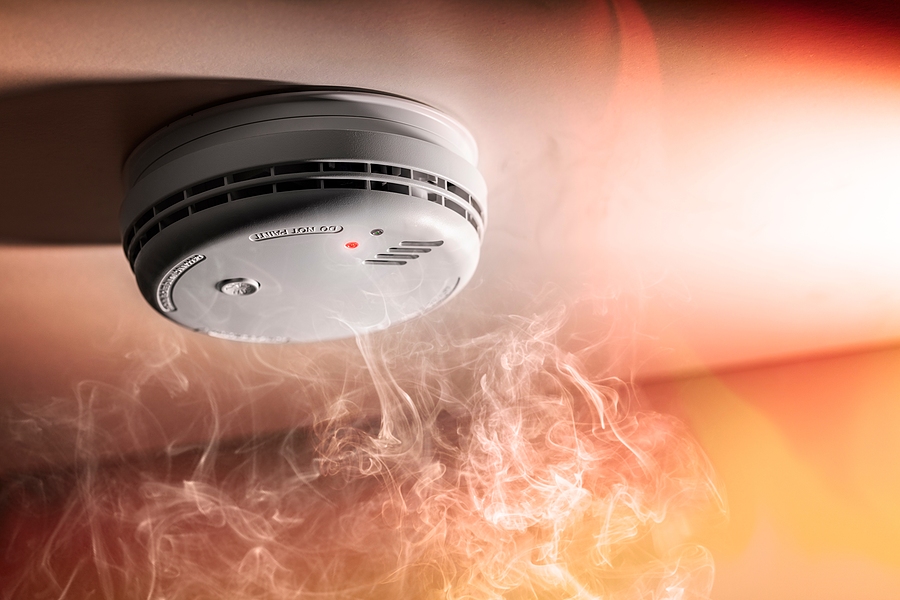 What types of smoke detectors should be used in habitational risks?
What types of smoke detectors should be used in habitational risks?
July 11, 2023
by Nils Deacon, Manager, Inspections and Rating Services
Early fire detection is extremely important. Seconds count in effective firefighting, and time to flee can be the difference between life and death for residential occupants. NFPA 72, the National Fire Alarm & Signaling Code, provides guidance in selecting smoke alarms, including for habitational risks.
Ionization detectors use a small amount of radioactive material to ionize air between two plates. When smoke or other products of combustion disrupt this flow, the alarm sounds. Per NFPA, ionization detectors are more responsive to fast moving, flaming fires. Photo-electric detectors aim a light source toward a plate that reacts when smoke hits the light. These detectors are better at alerting long smoldering fires. Both types occur in home fires, so a combination of smoke alarms is recommended. Research shows that children sleep so deeply they may not be awakened by a conventional alarm sound. Detectors with a recorded personalized parent voice are more apt to alert sleeping children.
Smoke detectors should be installed in every bedroom, and on each level of the home including the basement. Batteries should be changed at least once a year unless they are listed for the life of the device. Detectors should be replaced every ten years.
DISCLAIMER: This information reflects the interpretation of MSO, Inc. with regard to NFPA Standards and Codes. It does not represent NFPA’s official position on the items discussed.
Ionization detector.

